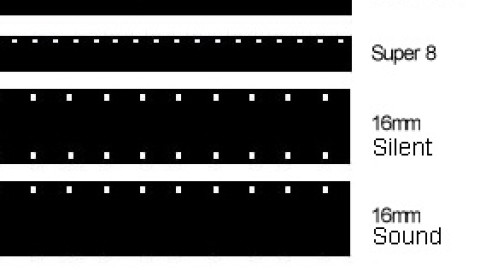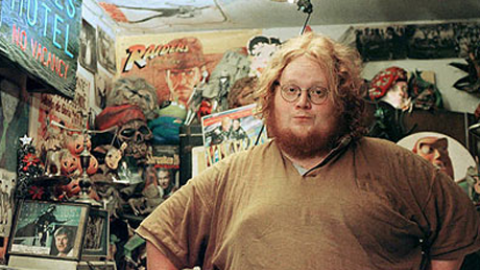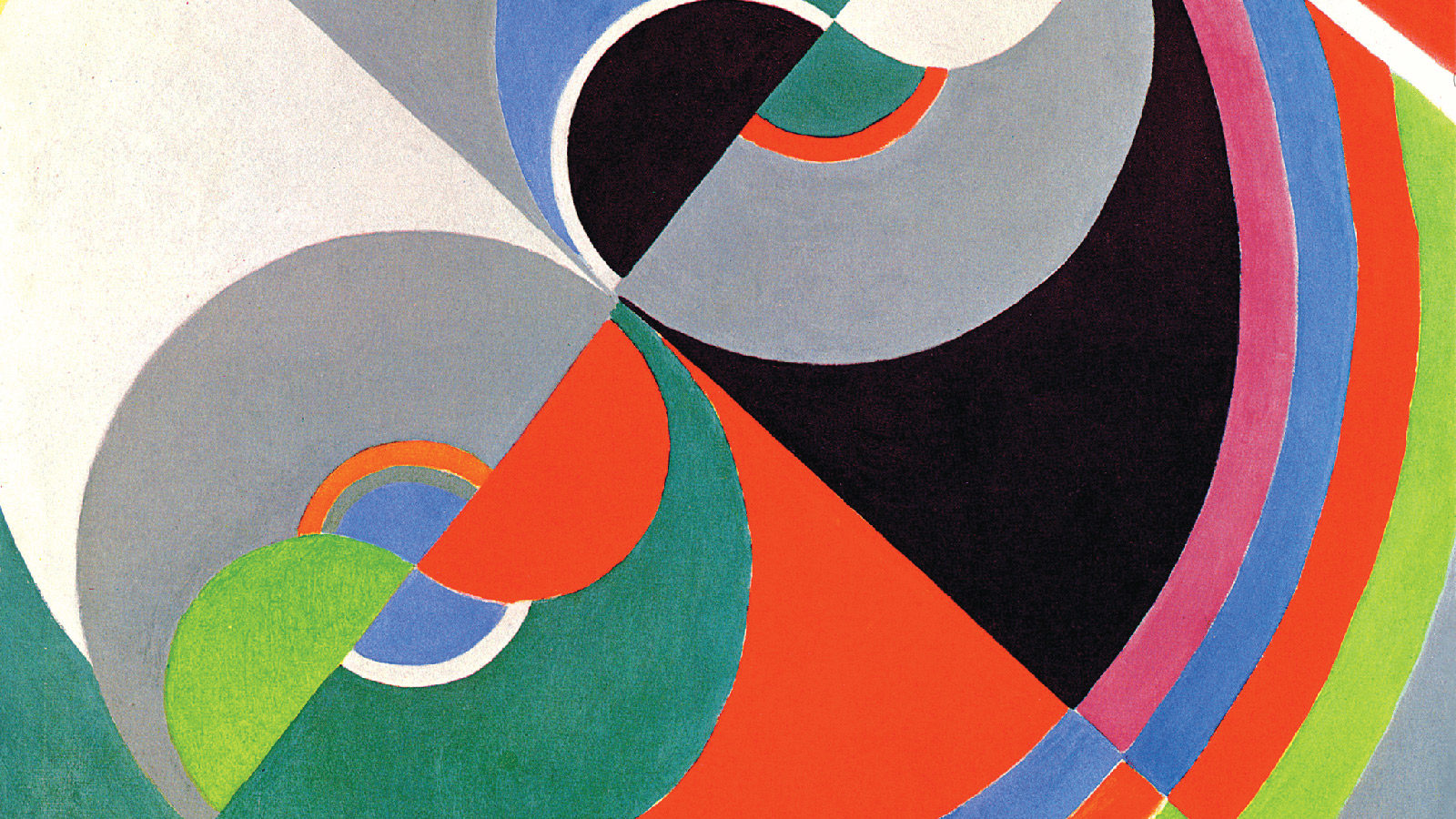
Talking in Circles
To talk about online film culture is, effectively, to talk about film culture as it exists today. That the technological changes of the 21st century have wrought massive and permanent alterations in the ways that most people watch motion pictures is a fact that no one at this point can seriously question. A great deal of ink, virtual and otherwise, has been expended in trying to pinpoint the exact nature of this change; somewhat less time and space has been spent, however, in trying to divine the effects that the same digital groundswell has had on the discourse around movies. This is in part because when arts journalism is the topic of discussion today, it’s often being discussed in terms of who is doing it (too many cis white knuckle-draggers like yours truly), or if indeed criticism—for our purposes, film criticism—matters anymore at all.
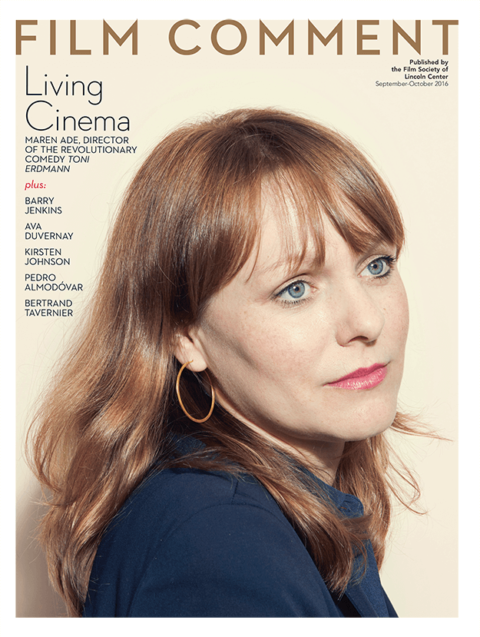
The answer to this question varies depending on the film, the critic, and how we’re defining “matters.” Putting aside the question of criticism as an art form, we can at least agree that, throughout the era of the print periodical and newspaper, the combined wisdom of critical thinking played a central role in shaping the disparate artistic activities of the day into something like a comprehensible narrative, earmarking certain work—L’avventura, the self-titled Ramones record, Nabokov’s Lolita—as being important for a hip person to familiarize themselves with if they wanted to have a grasp of what was going on with cinema, art, pop music, literature, and the cultural sphere in general. The insurgent counter-narratives that sprang up to oppose presiding groupthink notions of what should be prioritized are at least as essential to what makes up our idea of any given period, but looking back at the sepia-toned yesteryear, one nevertheless has an impression of a certain lost coherence.
Before I get to our current center-does-not-hold social-media moment, let’s look at how we got here. My film education was mixed analog-digital, with a little Chicago.suntimes.com and a lot of what would turn out to be the young cinephile’s soon-to-disappear analog rites of passage—brick-and-mortar rental stores; VideoHound’s Golden Movie Retriever guide (it had the best indexes); the film club and repertory house; Baby’s First Used Bookstore Copy of Negative Space. And when filmmakers like Tsai Ming-liang, Wong Kar Wai, Catherine Breillat, Claire Denis, and Edward Yang, seasoned over the last decade or more while steadily gaining in international reputation, were issuing mature fin-de-millennium masterpieces, I was there for all of them, because the film cultural commentariat told me that I should be.This was way back when the Internet was something that you left at home and occasionally weren’t on; before the internet was the Internet, and before it had profoundly affected the mandate of every type of publication that devoted some or all of its column space to the subject of film—the free alternative weekly, the listings magazine and newspaper, the specialty magazine and the fanzine—sinking many, and permanently reshaping the survivors.
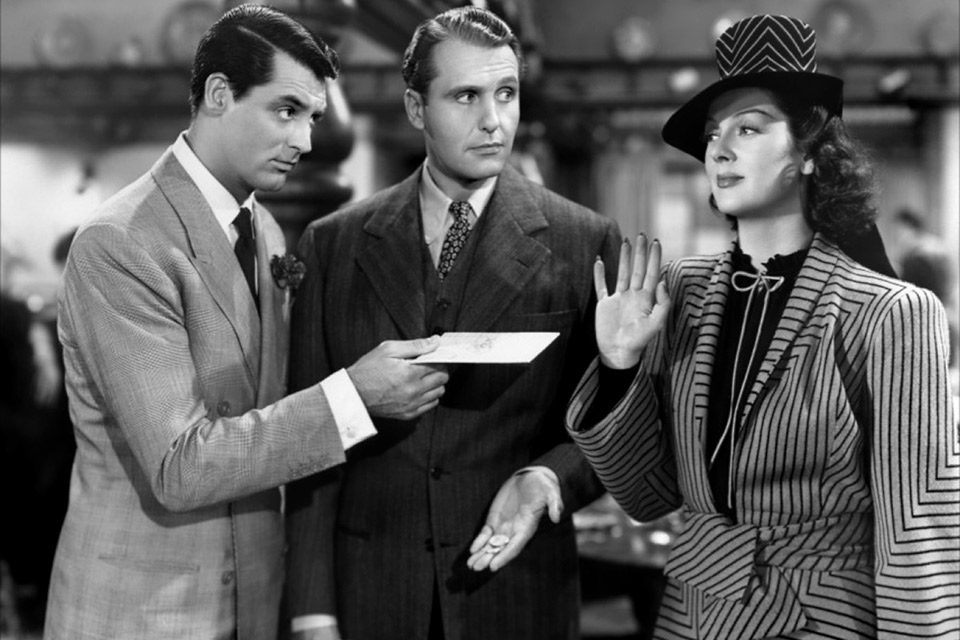
His Girl Friday
There’s still a certain verdigris prestige on the venerable print organs that passed through the deluge to find themselves bobbing alongside a host of new online-only publications, though they have survived only by adopting “If you can’t beat ’em, join ’em” tactics. In order to compete on a new playing field where ad revenue is everything or PV-based metrics set the rates, any and every publication, including this one, is now obligated to reel out bushels of Internet-exclusive content. In the paroxysms that wracked print publications throughout the mid-’00s, veteran staffers were cut loose by the score. Most of these positions weren’t replaced; instead, editors drew from a growing pool of ronin, members of our touted Freelance Economy, many of them fresh-faced recent graduates willing to work for chicken feed, a Metrocard, or exposure.
The challenge presented by a teetering, miles-high edifice of content was, however, in no way met with a proportional increase of supporting editorial infrastructure. The result has been a greater-than-ever volume of material, being subjected to less scrutiny than ever before. (Did you know that fact-checker used to be a job? I’m serious! Watch Bright Lights, Big City!) The content-frenzy did at least provide new opportunities for the enterprising kiddie ’lancer—mastheads that might once have offered a lofty goal for a young writer to aspire to are now readily within reach. It has never been easier to gain the appearance of legitimacy as a writer, to stuff your CV with tony names that give off the gleam of accomplishment. (Getting paid for it is another matter, though this has been a problem since time immemorial for the ink-stained wretches of Grub Street.)
As we entered the late ’00s, much of the new pop-culture writing was devoted not to movies, but upstart Quality Television, which offered regular installments, cliff-hangers from which to launch “What happens next?” speculations, and issue-based fodder timed to the current moment in the National Conversation à la ’70s Norman Lear, and so was more naturally suited to sate an insatiable appetite for piping-hot content than cinema, with its plodding stages of production and distribution. If the Golden Age of Television hadn’t existed, the Internet would’ve had to invent it. In fact, it did. Where TV offered a renewable resource, the film review, either as star-rating consumer recommendation or highfalutin treatise on aesthetics, has a fairly limited use-value for editorial stokers at the content mill: you run a critic’s two cents, and that’s that.
With time, however, it has been discovered that a single film can do more eyeball-harvesting duty when it is made to run a whole gauntlet of “takes” from different quarters. These can address the perceived consensus that has formed in the immediate aftermath of a film’s release (“Why X Was Over/Underrated, and by Whom”), the input of fact-checking experts from outside the world of cultural criticism and its governing assumptions (“What X Gets Wrong About Y”), or the degree to which a film does or does not offer up culturally desirable images. As my self-curated,filtered Internet experience skews toward liberal-left settings, most of these that I encounter deal with “Whiteness” (i.e., There’s Too Much of It), “Feminism” (Is it feminist? Isn’t it? Is said feminism too white?), and “Surprisingly Progressive” blockbusters.
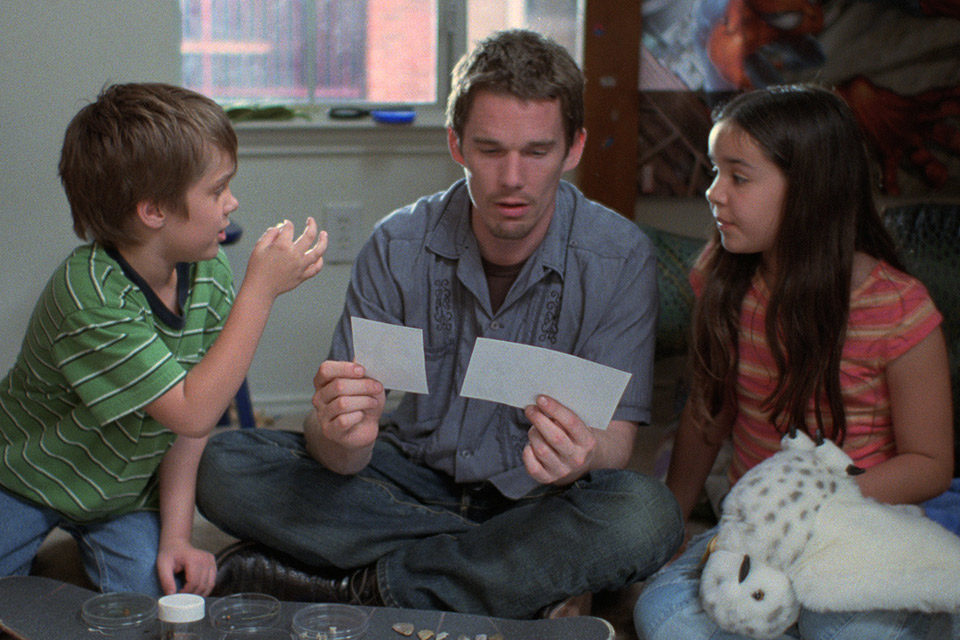
Boyhood
This ongoing game of positioning and repositioning in order to locate an as-yet-unclaimed position on a film suggests a mental badminton, with the various arbiters of culture trying to anticipate where the shuttlecock of consensus is going to drop and placing themselves advantageously to return the volley. On social media, you can watch this process of staking unoccupied positions and forming factions in real time, but here the opinions appear in the drive-by form of pithy squibs rather than fully developed pieces. There’s not much space to back up an argument in 140 characters, and if you’re called out you can always explain that you were just trying to “start a conversation,” and what’s everybody getting so uptight for, anyways?
A useful case study is Richard Linklater’s Boyhood, the indie “event” film of 2014. Don’t cry for Boyhood: it’s currently sitting on a score of 100 at review aggregator Metacritic, indicating the “universal acclaim” of initial reviews. This, however, is only half the story—or cycle. Once an idea of consensus appears, it’s time to start chipping at the edifice. So Kenneth Turan, having initially recused himself from reviewing duties when Boyhood opened in early July, took a self-proclaimed “critic’s lonely stand” in the August 1, 2014 edition of the Los Angeles Times, finding time amid a flurry of personal pronouns to knock the film for “veering haphazardly from underdone moments to overdone melodramatic contrivance.” More typically, dissenting opinions would focus on the film’s blinkered “Caucacity,” as in Imran Siddiquee’s “Not Everyone’s Boyhood,” which ran online in The Atlantic that September. The process continued into awards season, and as late as February 2015 you could find a piece like Grisel Y. Acosta’s “Racism begins in our imagination: How the overwhelming whiteness of Boyhood feeds dangerous Hollywood myths” surfacing, in this case in Salon, a publication in which critic Andrew O’Hehir had hailed the same film as a “masterpiece”; Christopher Orr in The Atlantic had given the film a mixed-positive review in mid-July 2014, and Betsy Sharkey had praised it for the Los Angeles Times. This isn’t meant to elevate the initial reviews over the responses or vice versa but to illustrate how the metastasis of content has elevated contentious plurality over a cogent editorial position. This give-and-take mimics the melee of the social-media shouting match—an online version of the chaotic student meeting at the beginning of Zabriskie Point—which it feeds in turn, as even long-form pieces come to be regarded as prompts, not statements for posterity. (In TV and online, the serial form reigns supreme…) The Los Angeles Times, The Atlantic, and Salon effectively neither endorse nor condemn Boyhood; they do both, and maximize their clicks thereby.
On any given week in 2016 there isn’t significantly more or less culture worth discussing than there was, say, 30 years earlier, but there is so, so much more space to fill, and a vast industry of ancillary discussion rushes to fill the void. Can you still watch Woody Allen movies in good conscience? How do you feel about the latest extra-cinematic public statements by Edgar Wright and Ava DuVernay? What about that all-female reboot of Ghostbusters? And what do the responses to it all say about America?
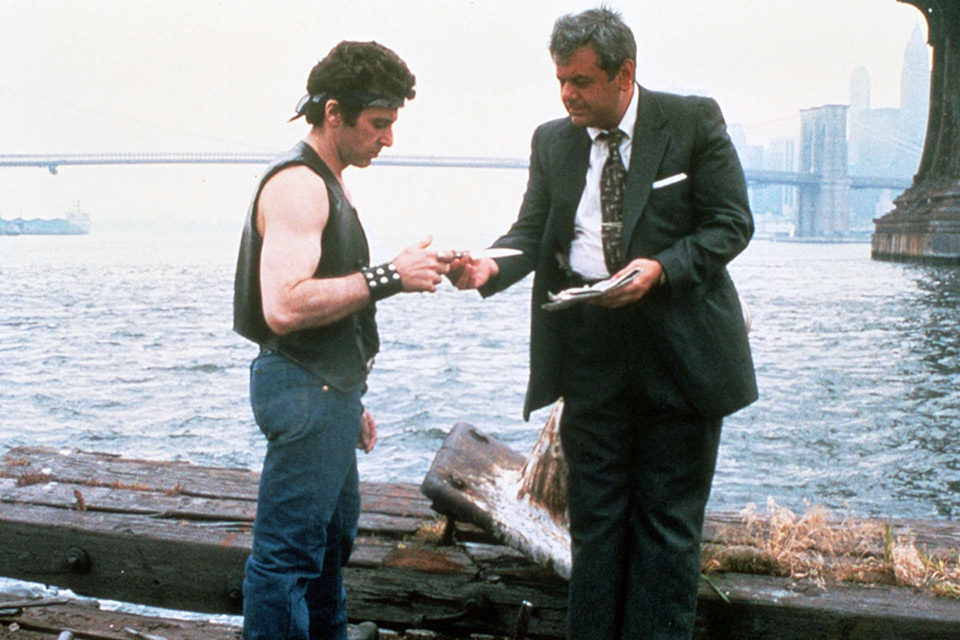
Cruising
Undoubtedly there are critics and editors for whom these really are the defining questions of the day, but what dissidents there are must find it increasingly difficult to sit on the sideline for fear of losing market share. This mad rush to maintain pole position undermines anyone’s ability to set their own agenda by consigning values of importance through informed discretion: saying this is valuable, that is not. Saying “I don’t know enough to say” or “That isn’t worth forming an opinion about” to the latest nickel-a-word question—usually undersigned by political dudgeon, marketing and PR influence, or some combination of the two—is rarely an option when the job demands you’re always on call to “weigh in.” But what does weighing in mean when no actual weight is being brought to bear?
The wing of cultural criticism principally interested in art as a bellwether for prevailing social attitudes has earned a new prominence in the Outrage Era, but it’s no invention of the Internet. (It is amusing, though, to imagine the release of a Straw Dogs or a Cruising in 2016.) Nor, indeed, is another defining feature of contemporary film chat—the infiltration of fan culture into the realm of criticism—unique to the 21st century. The selfless curiosity of the fanatic has always turned the wheel of film culture through labor-of-love magazines from Rudy Franchi’s mimeographed New York Film Bulletin to Steven Puchalski’s Shock Cinema, and a great many future pro critics have been culled from the ranks of amateurs. (Even super-squareLeonard Maltin started out as a teen ’zinester.) But the cinephile or the cult completist is less the face of modern fandom than the fanboy, for whom an interest in films (largely if not exclusively fantasy/sci-fi/ horror) is a continuation of an investment in the same genres as represented in comic books, television, and fiction.
The first poster-(fan)boy of the movement was Harry Knowles, the deeply depressing creator of Ain’t It Cool News, who’s had many successors in the “Hey, guys” school of writing, populist boors unified by an “unpretentiousness” manifest in a median seventh-grade writing level, their slouchy faux-casual come-on disguising a very professional canniness when it comes to the art of monetizing attention. The prevalence of this voice is the fallout of the delegitimization of expertise, a process that the clairvoyant Serge Daney was writing about as early as 1992: “The old reasons which granted a certain right to intervene in the public sphere (passion, pedagogy, expertise, talent, beauty, rarity) have given way to the bad manners of no-fuss, friendly but meaningless mercenaries. It has become embarrassing to be a Mr. Know-It-All in a medium whose power is founded on the equitable sharing of average ignorance and indifference.” Most of this junk has at best a passing resemblance to criticism, though as fanboy fantasy has become the nearest thing we have to a multiplex monoculture, there has been a decided uptick in the tendency to fannish team identification, always lurking on the fringes of critical culture, even in more sober-minded circles. Are you Marvel or DC? Cahiers or Positif? Vulgar Auteurist or Slow Cinema? Activist or aesthete? Whatever the case, steer your course steadily “on-brand”—a notion that implies a stifling of the process of exploration and discovery that should be at the heart of any critical endeavor. (Per C.S. Lewis, not a half-bad writer on criticism: “To love and admire anything outside yourself is to take one step away from utter spiritual ruin.”)
Criticism based on close examination and formal analysis of the work at hand—on looking at the thing itself—has never been a majority taste, and America going broadband hasn’t changed this. If anything, the Internet has been a boon for the serious film-as-art contingent, as it is always a boon to minority interests, allowing for the creation of global virtual communities of those with shared niche interests. If, at any given hour, I want to engage like-minded people around the globe in conversation about the German films of Gerd Oswald or Urdu-language cinema, I can do so. All of this is so much to the good. Conversely, any community of interests runs the risk of becoming a stagnant pool breeding received wisdom and groupthink prejudices.
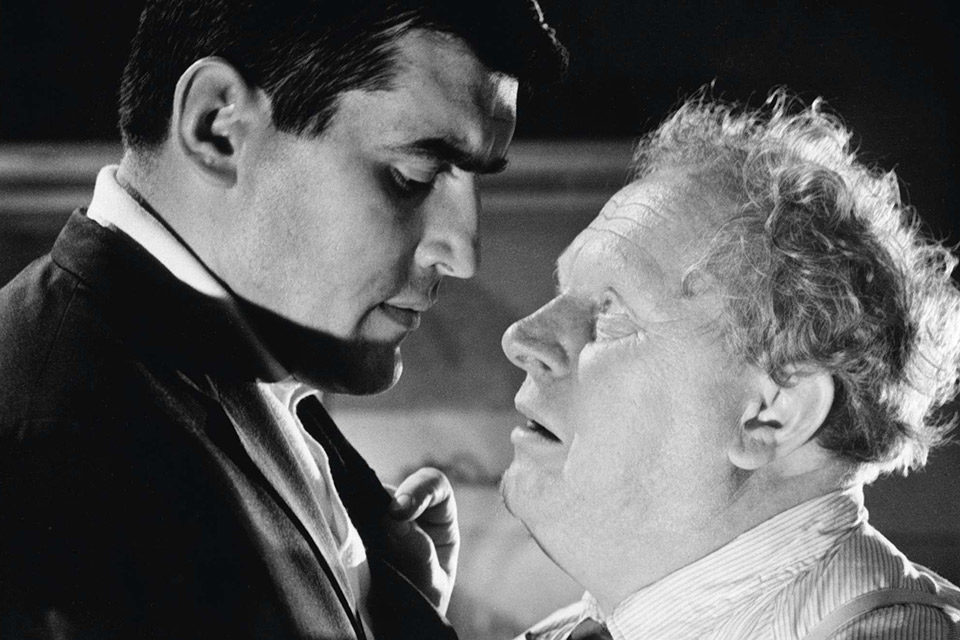
The Day It Rained
For all of its flaws, cinephile culture at least shows some conviction in defending the dignity of cinema and its history, but in a cultural marketplace that rewards maximum maneuverability, convictions are cumbersome things for critics and creators both. The chat industry favors art that supplies its own definitions and is produced with an eye to the media footprint it will make, and its ability to send out ripples across The Conversation—which is to say, art that is made under conditions averse to the pursuit of the absorbed, monomaniacal, Termitic terms described by Manny Farber. While this has occasionally been harnessed in conceptually fruitful ways—I am thinking of Paul Schrader’s The Canyons (2013), whose pre-release ballyhoo underscored its theme of the obsolescence of the theatrical cinematic model—more often it has worked to benefit con artists whose lone talent is an understanding of how the news cycle revolves and an understanding of how to use it to their gain: you know, Lena Dunham, James Franco, Donald Trump, people like that. The best do puny metrics, the worst are full of passionate intensity, and altogether the conditions are near to those described by journalist Laurie Penny in a recent piece on alt-right celebrity Milo Yiannopoulos: “The spoils go to those with the fewest fucks to give… the reaction itself is the win.”
This absence of scrutiny rampant on the editorial level can be found on every level of film-culture initiation. The disappearance of those rites of passage referred to earlier has meant the disappearance of real-life gatekeepers, from the desk clerk on down the line, and with them the social scratch test meant to eliminate creeps and frauds. The upside to this, arguably, is that the absence of gatekeepers means no authority figures to propagate a community that will reproduce its own image, leading to a greater diversity in film culture. (Though nary a week goes by without another piece informing us of continuing failures in this respect.) Now names are made and relationships are opened and maintained in virtual communities, including message boards and social-media platforms. Writerly solitude becomes solidarity with #Amwriting camaraderie and 25 tabs open, and those who are plugged in know fairly quickly whether or not their latest work has struck a nerve—or at least if the demographically crucial portion of their readership inclined to traffic in Likes, Faves, and Shares are Liking, Faving, and Sharing as they ought to. In an attention economy, these are currencies in a bartering system, a trade in public displays of approbation:if you like-a me, like I like-a you, and we like-a both the same…Early years of toiling in obscurity are a thing of the past, as is obscurity itself, and you can start on your way to a critical reputation—or at least the appearance of one—without even a rudimentary grasp of English grammar. But is anyone actually reading all of this stuff, or just skimming for something resembling the nut graf, a punch line to copy-paste with the Retweet?
For all of this, the unfavorable signal-to-noise ratio created by a surfeit of takes muffles the emergence of any articulated narrative or counter-narrative. The present overabundance brings us to a situation very much like that predicted by Alexis de Tocqueville: “It is an axiom of political science in the United States that the only way to neutralize the influence of the newspapers is to multiply their number.” At the moment of this writing, anxious observers wait on tenterhooks for Donald J. Trump to have his “Have you no sense of decency?” comeuppance—referring to Joseph Welch’s chastisement of Senator Joe McCarthy during the televised Army-McCarthy hearings—but this presupposes that national attention can be focused in the same way that it could in 1954 in a fractured media landscape that won’t go back together again.
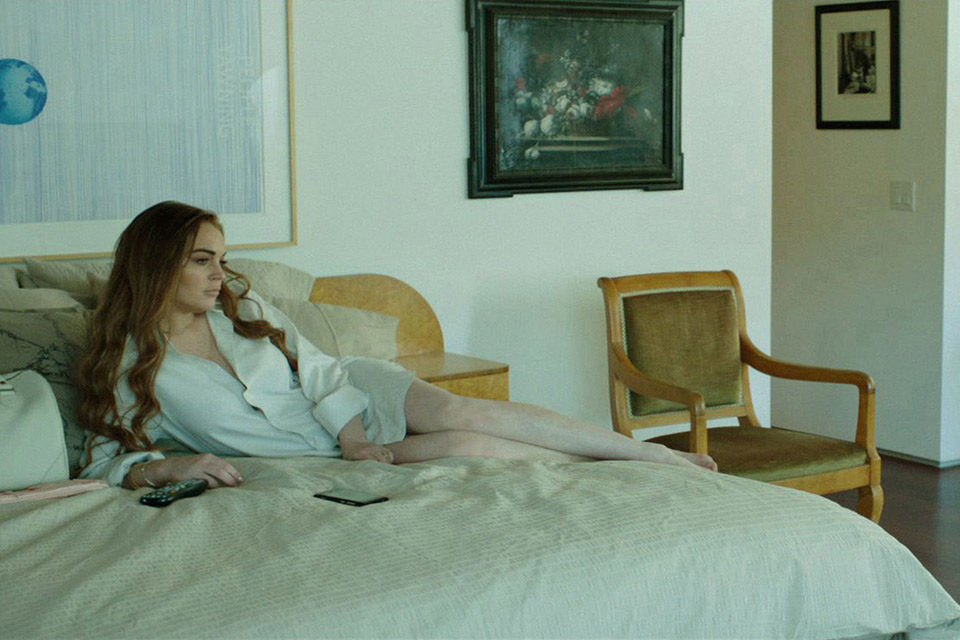
The Canyons
What goes for the news desk goes triple on the culture beat. Thinking back to the bumper crop of world cinema by mature talents that appeared in the course of logical creative progression when I was around 20—Tsai, Wong, Breillat, Denis, Yang—I doubt that the apparatus still exists to foster careers and cultivate audiences in the same way. Are there no young(ish)-blood candidates of similar stature for canonization on the international art-house circuit—some would nominate Apichatpong, I favor Miguel Gomes—or have we somehow lost the ability to designate importance or arrest attention amid the deafening din? While specialized cinephile culture grows intimately interconnected through inside-baseball spats and virtual back-pats, very few of its emissaries are heard from on the outside, where individualized feeds tame and canalize the raging river of content, and the chance of accidentally stumbling across the name “Hong Sangsoo” is minimal at best. And if the system as it exists doesn’t work for a non-specialized audience curious about what’s happening in film art, what good is it?
Here’s how it ought to go: critics should work in the service of art, and so should editors, while also working in their writers’ best interests. This chain of relationships was never, ever the norm, but today it’s regularly perverted. Editors assign (and hacks pitch) from a script written by quantifiable User Interest or studio marketing—take a look at the e-mails between CEO Michael Lynton and New York Times reporter Brooks Barnes revealed in the Sony hack if you want proof—and movies are either picked to the bone or, if they don’t render down into the right kind of copy, quickly forgotten. Try to envisage even the contemporary equivalent of, say, James Agee’s three-week stand for Monsieur Verdoux before the niche readership of The Nation. There is still good and great film art being made, but how can any of it register as epochal before the torrential onrush of content? Nobody can stop traffic, and the cultural landscape is a passing blur. There’s a sense—don’t you feel it?—that nothing is major, and that’s major.
Nick Pinkerton is a regular contributor to Film Comment and a member of the New York Film Critics Circle.



